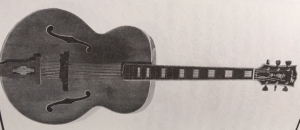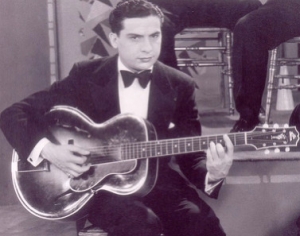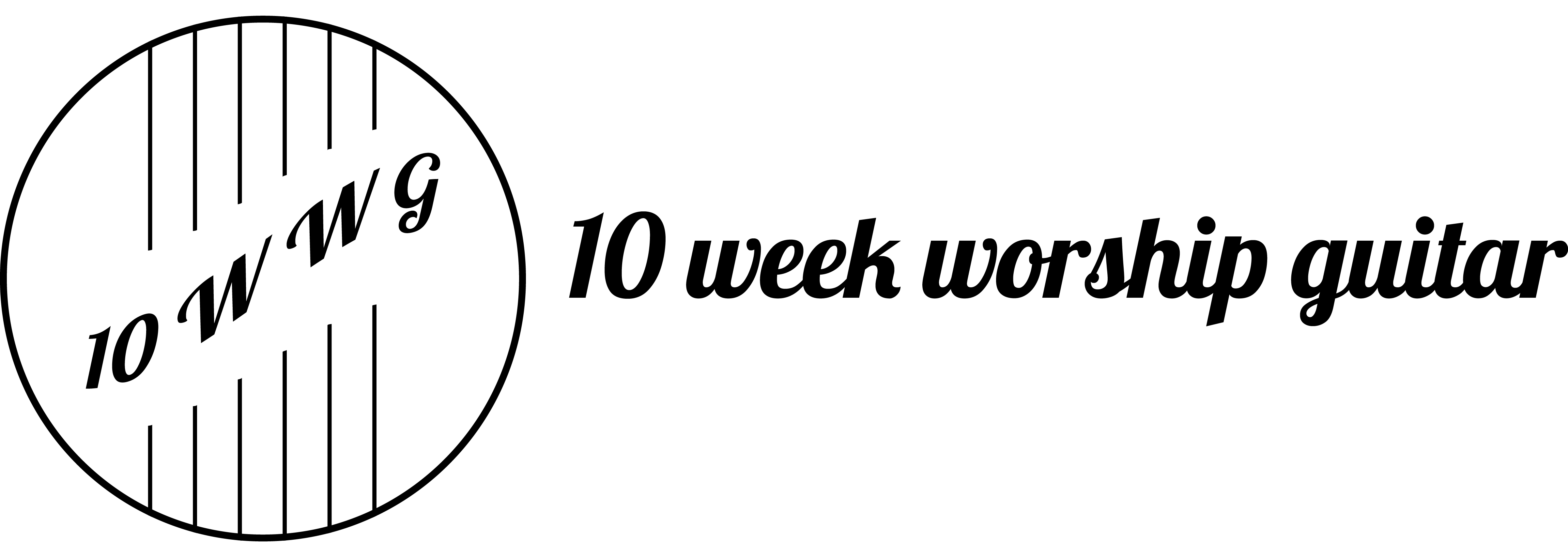Welcome to The Ten Week Worship Guitar blog. As well as my recent resurrection of my YouTube channel, on which I’ve now begun sharing a weekly worship guitar focused workshop called ‘Worship Workshop Wednesday’, I recently resumed blogging. I started with a 3-part series on why I teach worship guitar as opposed to just playing it.
Now, over the next few weeks and months, here on the blog, I’m sharing something which I’ve not extensively shared anywhere before. I’ll be sharing some work from my PH.D, which focuses on the development of the guitar over the last century, and it’s influence on the music produced on it. If you’re interested in learning more about the guitar, look no further than this blog. If you know others who would be interested in this too, please share with them.
A new post will be shared here on the blog every Monday, so do ensure that you’re following the journey, and don’t forget to subscribe to my YouTube channel, where you’ll receive a free workshop every week which will teach you not only a new worship song to add to your repertoire, but also a skill, which will continue to carry you forward in your worship guitar journey.
Design influences in the development of the guitar: Part Two
As the solo style of guitar playing emerged guitarists struggled with the instrument’s lack of volume to compete in ensembles. The guitar could be recorded loudly enough in an ensemble by careful microphone placement, but for live work the solo guitarist had to work with a quieter ensemble.
During the 1920s because of insufficient volume the jazz guitarist was unable to solo in the context of big band dance music. This inspired a desire to increase the volume of the guitar. The acoustic guitar described thus far is termed a ‘flat-top’ guitar. On this type of instrument the strings terminate at a bridge, which is glued onto the soundboard. Vibrations are “transmitted to the table by a rocking motion of the bridge” (Evans 1977: 220).
The ‘arch-top’ guitar.
A new, innovative design was created with the ‘arch-top’ guitar, primarily by the Gibson company who drew on the construction concepts of the violin, which featured a carved top and back giving greater strength to the body. On the arch-top guitar the “strings pass over the bridge and are attached to a tailpiece. The soundboard is activated by more vertical oscillations” (Evans 1977: 220). Evans goes on to say that the “tilted neck allows a higher bridge, which increases the angle of the strings as they pass across it and thus the vertical pressure on the table. The increased pressure helps to transmit more string vibration to the top, and gives the guitar greater volume” (1977: 221)

Gibson L5
The Gibson L5 arch-top guitar was designed by Gibson employee Lloyd Loar and introduced in 1923. The instrument had steel strings, two f-holes for sound projection, and was designed to be played with a plectrum. The advent of this instrument caused the guitar to supersede the banjo in the rhythm section of jazz bands. According to Duchossior “… it still remains today one of the greatest achievements in the field of acoustic guitars, and a standard of comparison for musicians.” (1981: 2)

A Gibson L5 played by Eddie Lang
Django Reinhardt.
A European attempt to overcome the volume limitations of the guitar was designed by the Italian guitarist and instrument maker Mario Maccaferri, and manufactured at the Selmer factory in Paris beginning in 1932. The body of the instrument contains a second, internal soundbox which increases volume and sustain. This instrument was popularised by the Belgian jazz guitarist Django Reinhardt (1910 – 1953).

Django Reinhardt playing a Maccaferri guitar.
It would take a more radical innovation than these, to fully liberate the guitarist from his primary role as an accompanist…
Join me here on the blog again next week as I start to go even further into this topic, looking at a number of key milestones such as The development of the electric guitar, the evolution of new styles, and the ascendancy of the first electric guitar innovators.
By the way, if you’ve always wanted to play worship guitar but have never found the time, I’d love to introduce you to learning to play from scratch by going through my FREE 3-part miniseries which will give you not only the skills, but will also give you three new worship songs to add to your repertoire. Click HERE to access the free series and start (or continue!) your worship guitar journey today! Course Schedule
